Moonpreneur
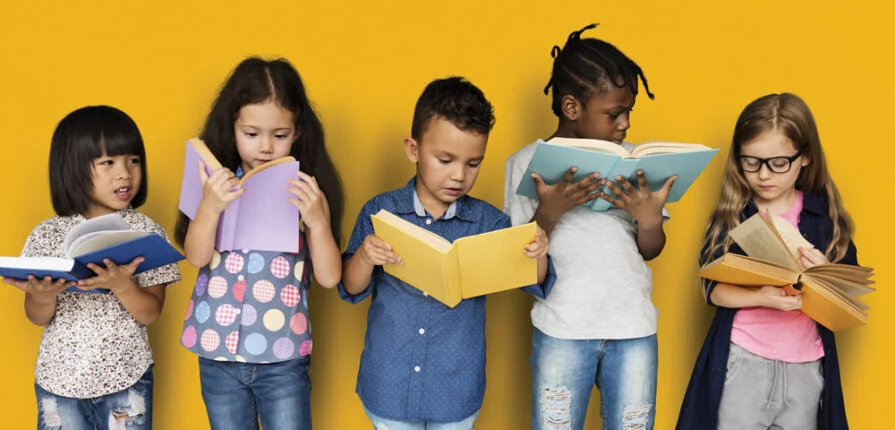
Update: This article was last updated on 21th March 2024 to reflect the accuracy and up-to-date information on the page.
Children are naturally inquisitive and have an inherent urge to learn new things with whatever medium is available at their disposal—from asking questions to using their sensory abilities. As they grow, they adapt to a primary idiosyncratic learning pattern, and it is for the teachers, parents, etc. to identify their primary learning style.
Studies show that an estimated 89% of teachers believe students learn better when instruction matches their learning style.
Every child is different, and we all know that. Measuring every child using the same technique is not only unfair but will also give you the wrong results.
The problem lies in using methods that we think are right for our child. Let’s take the example of adults; some like reading as a source for gathering information or learning about new things, while others like watching informative videos or listening to recordings. The methods adopted by each are the best way for them to absorb the information in the most convenient form according to them.
Recommended reading: Top 11 Parenting Mistakes That Can Adversely Impact Your Child’s Growth
Children Have 4 Primary Styles of Learning
1. THE KINAESTHETIC STYLE
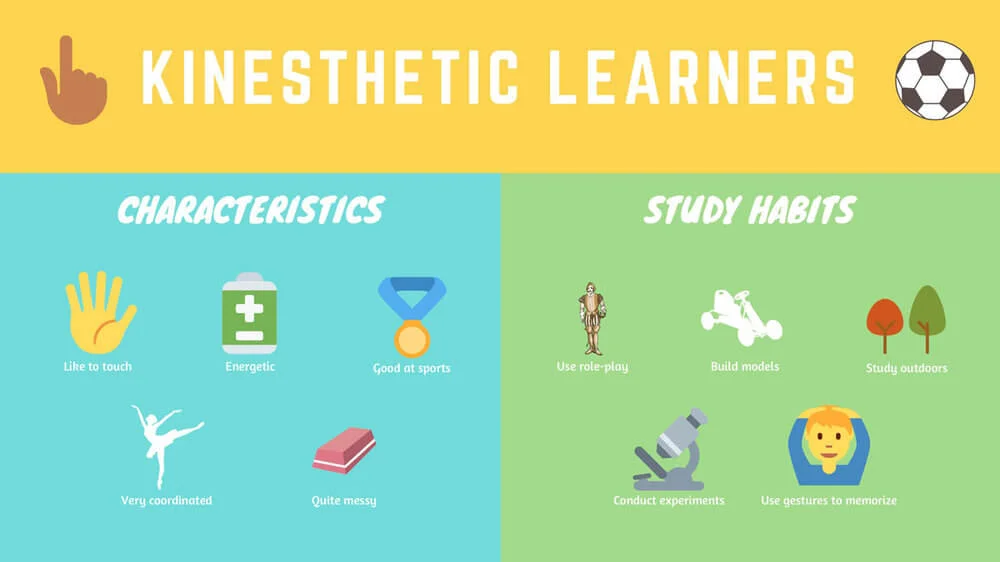
Children learn more from what you are than what you teach — W.E.B. Du Bois
How to Identify Whether Your Child is a Kinaesthetic Learner?
In this style, children learn by feeling, touching, or doing chores.
Children with this style of learning are usually very active and like to be on their feet all the time. They prefer to move around a lot and touch things to get a feel of them or taste whatever they can lay their hands on. This is their way of learning about the objects they touch and the things they taste. These children are usually good at sports, have good hand-eye coordination and frequently use gestures while talking or explaining.
2. THE VISUAL STYLE
How to Identify Whether Your Child is a Visual Learner?
This is the most effective style of learning in which children learn by observing things around them.
If your child has a vivid imagination with a remarkable interest in art then this is an indication that your child is a visual learner. Visual learners have quite a strong memory that relays pictorial information. Children with a visual learning style are good with recognizing people, faces, and places.
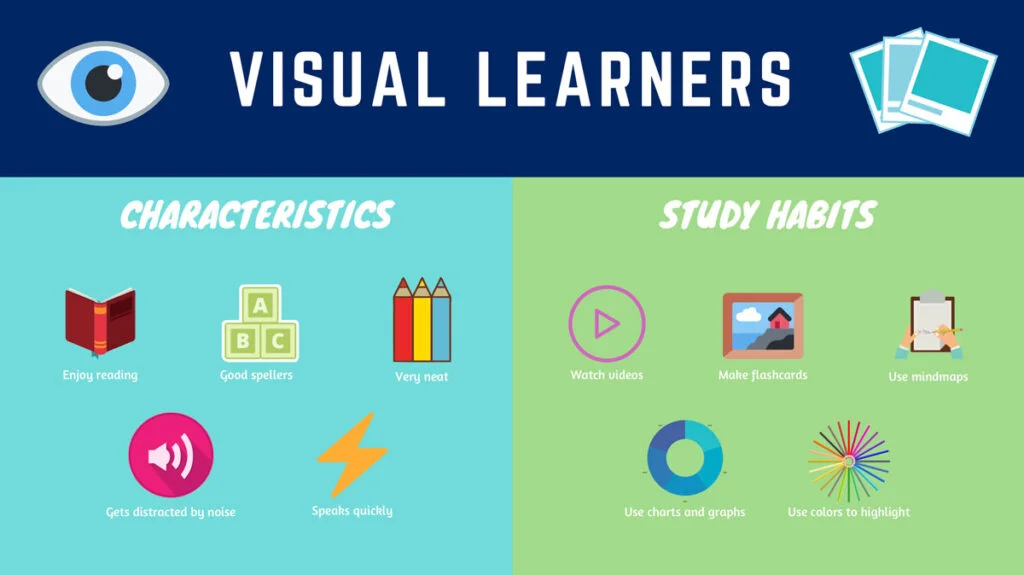
Tell me and I forget, teach me and I may remember, involve me and I learn —
Benjamin Franklin
3. THE AURAL OR AUDITORY STYLE
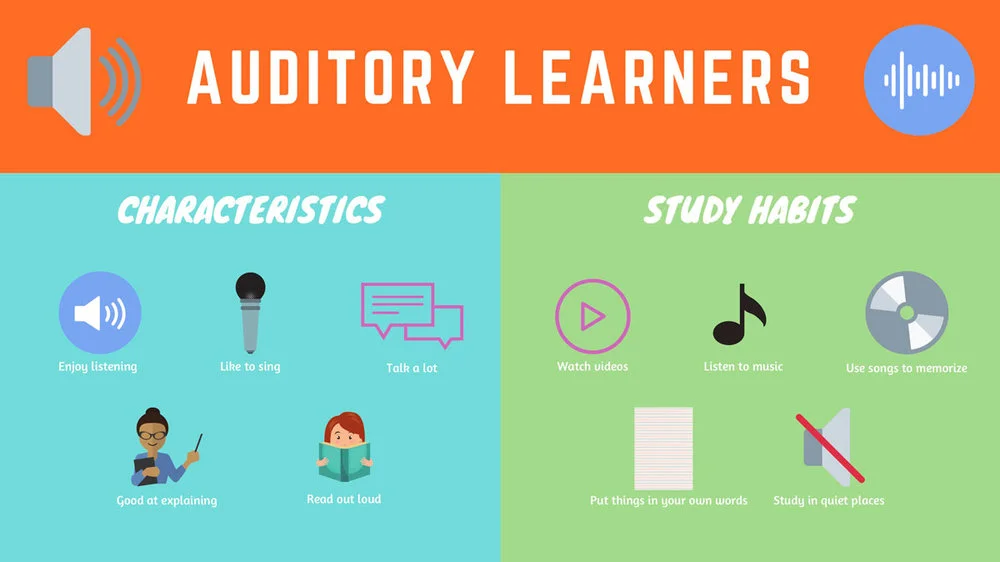
Kids don’t remember what you try to teach them. They remember what you are
— Jim Henson
How to Identify Whether Your Child is an Aural or Auditory Learner?
Children with this method of learning, use auditory tools to learn and retain information.
Children with this learning style have an aptitude for music. They tend to sing along to songs and like to create their own songs. They have a strong verbal ability, and listen and follow directions. If you think your child has all these abilities and perks up when they listen to music, then your child is an auditory learner.
4. THE READING & WRITING STYLE
How to Identify Whether Your Child Learns Better with Reading & Writing Style?
In this style of learning, children read and/or write to learn about things and remember it.
These types of learners often tend to write things down or take notes. They enjoy reading storybooks and are good at remembering what they have read and paying attention to small details. So, if you notice that your child shows the above signs and likes to communicate by writing down things instead of speaking or jot down ideas and concepts, then your child learns better with the reading and writing style.
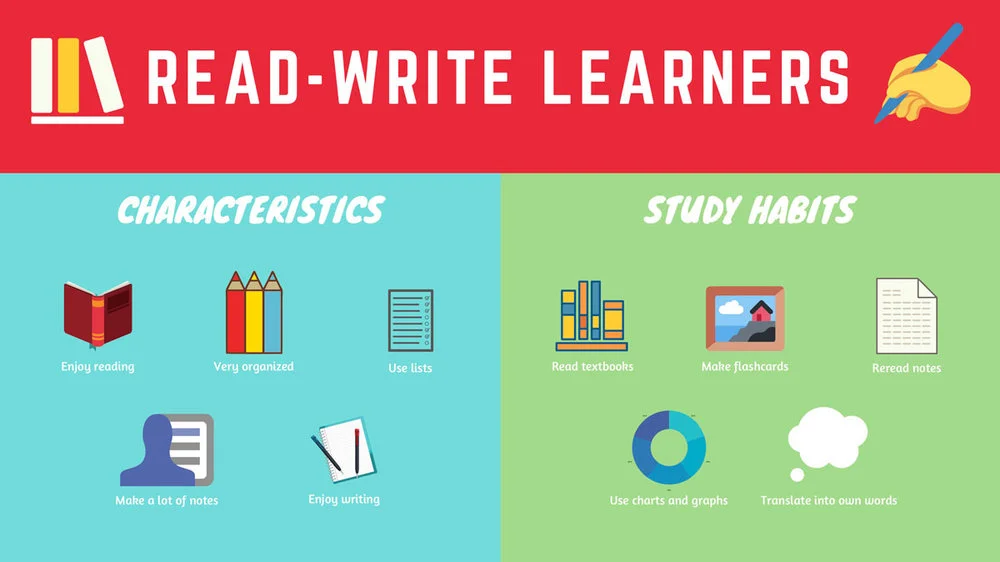
Each child is unique, not only capable of learning but also capable of succeeding
—Robert John Meehan
HOW CAN YOU DETERMINE YOUR CHILD’S LEARNING STYLE?
Determining your child’s learning style is crucial for tailoring their education to best suit their needs and maximize their potential. Here are some additional insights on how you can determine your child’s learning style:
1. Observe Their Behavior
Pay close attention to how your child interacts with their environment. Do they prefer hands-on activities, such as building blocks or drawing, indicating a kinaesthetic preference? Are they always eager to watch educational videos or look at pictures, suggesting a visual inclination? Do they enjoy listening to stories or music, indicating an auditory preference? Or do they often choose to read books or write stories, suggesting a preference for reading and writing?
2. Engage in Various Activities
Offer your child a variety of learning experiences and observe their responses. Provide opportunities for them to engage in hands-on activities, visual aids, auditory experiences like storytelling or music, and reading and writing tasks. Notice which activities they gravitate towards and which ones they excel in.
3. Ask Them Questions
Directly engage with your child about their preferences and experiences with different learning methods. Ask them which activities they enjoy the most and why. Inquire about how they prefer to learn new things or study for school. Their responses can provide valuable insights into their learning style.
4. Experiment with Different Approaches
Experiment with different teaching methods and observe how your child responds. For example, if your child is struggling to understand a concept through reading alone, try incorporating visual aids or hands-on activities to reinforce the learning. Keep track of which approaches yield the best results and align with your child’s natural tendencies.
5. Consider Their Strengths and Weaknesses
Reflect on your child’s strengths and weaknesses across various subjects and learning tasks. A child who excels in sports and physical activities may lean towards a kinaesthetic learning style, while a child with a strong memory for visual details may prefer a visual learning approach. Identifying patterns in their strengths and weaknesses can help pinpoint their preferred learning style.
6. Seek Feedback from Teachers
Consult with your child’s teachers to gain additional insights into their learning preferences and behaviors in the classroom. Teachers interact with students in diverse learning environments and may offer valuable observations and recommendations for supporting your child’s learning style.
Conclusion
Parents and educators should prioritize early identification of a child’s primary learning style to enhance their learning experience. Understanding that a visual learner may struggle with auditory methods, and vice versa, underscores the importance of this early recognition. Children exhibit signs of their preferred learning style from a young age, necessitating close observation by parents to discern whether their child thrives through observation, interaction, or hands-on experiences.
While identifying the primary style is crucial, it’s equally vital to recognize the value of a well-rounded education. Through a blend of attentive observation, open communication, and varied teaching methods, parents and teachers can pinpoint a child’s learning style and deliver tailored educational support suited to their strengths and needs. Embracing flexibility is key, as children’s preferences may evolve or encompass a blend of learning styles.
Moonpreneur is on a mission to educate and ignite the flames of entrepreneurship through our holistically created online STEM programs, which will help kids master the futuristic sciences such as Robotics, Game Development, App Development, Advanced Math, Math-Quiz to test your kids knowledge and much more!!
Register for a free 60-minute robotics workshop today!
















Does every child have a different learning style?
Some grasp concepts better through visual aids, thriving on diagrams and charts. Others excel with auditory learning, benefiting from lectures or discussions.